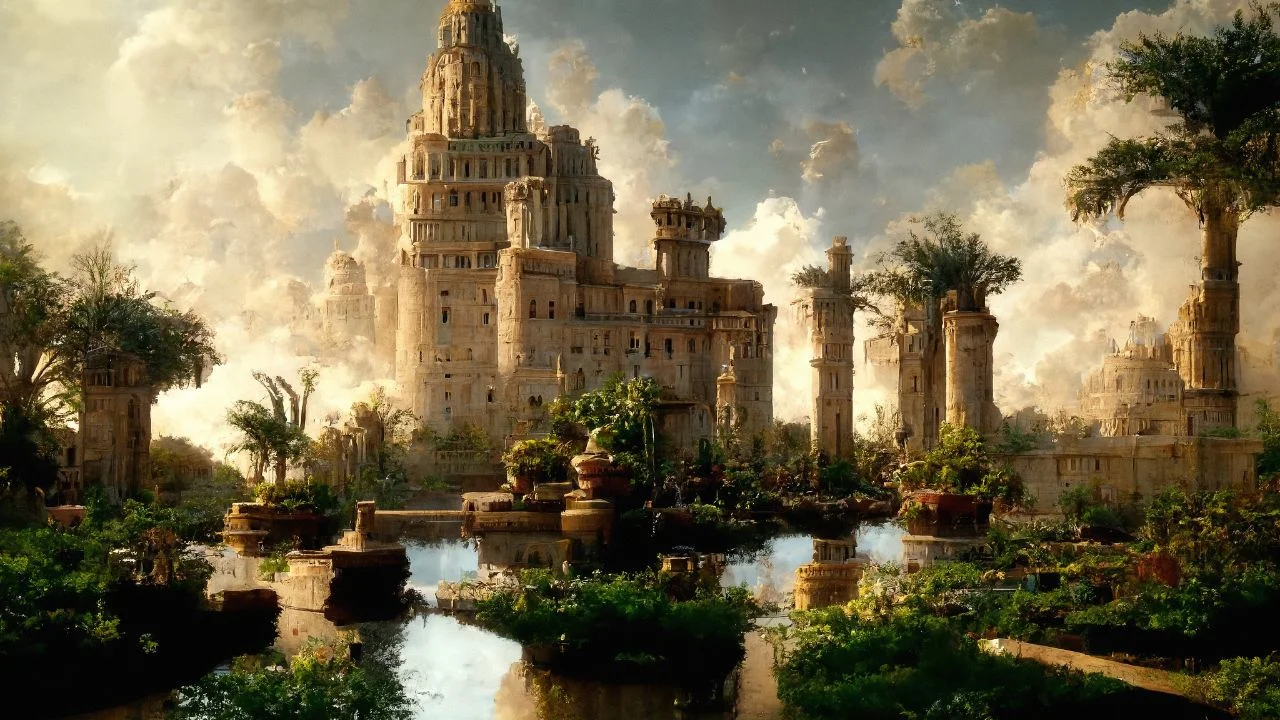How to Care for and Maintain Glass Art Pieces
Proper care and maintenance of glass art pieces ensure their longevity and preserve their beauty. Whether you have a stained glass window, a delicate sculpture, or a custom mosaic, following these guidelines will help you keep your glass art in pristine condition.

Regular Cleaning
Clean your glass art with a mild glass cleaner or a mixture of water and vinegar. Avoid harsh chemicals that can damage the glass or any adhesives used.
Use a soft, lint-free cloth or microfiber towel to clean the glass. Avoid abrasive materials or paper towels, which can scratch the surface.
Dust your glass art regularly using a feather duster or a soft cloth to prevent buildup. This helps maintain clarity and reduces the need for more intensive cleaning.
Handle with Care
When handling glass art, wear clean cotton gloves to avoid leaving fingerprints or oils on the surface. This is especially important for delicate or valuable pieces.
Always support glass pieces from underneath or on both sides to avoid putting pressure on any one point. Handle with care to prevent accidental drops or knocks.
Protect from Direct Sunlight
Avoid placing glass art in direct sunlight for extended periods. Prolonged exposure can cause discoloration or fading, especially for painted or stained glass.
Consider using UV-filtering window films or glass covers to protect pieces from harmful rays. This is particularly useful for art displayed in bright, sunlit areas.
Avoid Temperature Extremes
Keep glass art in a stable environment with consistent temperature. Avoid placing it near heaters, air conditioners, or other sources of extreme heat or cold.
Ensure the area where glass art is displayed has controlled humidity levels. Excessive moisture can cause damage or mold growth, especially in enclosed or poorly ventilated spaces.
Inspect Regularly
Regularly inspect your glass art for signs of damage, such as cracks, chips, or loose components. Early detection allows for prompt repair and prevents further deterioration.
For larger pieces, check that they are securely mounted or supported. Make sure any frames, stands, or fixtures are stable and in good condition.
Repair Damage Promptly
For significant damage, such as large cracks or breaks, consult a professional glass conservator or restorer. They can provide expert repairs and restore your piece to its original condition.
For minor issues, such as small chips, you may be able to perform simple repairs yourself using glass adhesive or filler. Follow product instructions carefully and test on a small, inconspicuous area first.
Proper Storage
If you need to store art, do so in a safe, dry location. Use padded or cushioned materials to protect it from impact and keep it in a stable, upright position.
Cover glass art with a soft cloth or bubble wrap during storage to protect it from dust and potential damage. Ensure the storage area is clean and free from other items that could cause abrasion.
Display Considerations
Select a display location that offers stability and protection. Avoid high-traffic areas where the art might be accidentally bumped or knocked.
Consider using display cases or protective enclosures for valuable or fragile pieces. Cases help shield glass from dust, handling, and accidental damage.
Document and Record
Maintain records of your glass, including details of its creation, repairs, and any associated provenance. This information can be valuable for insurance purposes and future care.
Take photographs of your glass art for documentation and insurance. This provides a visual record in case of damage or loss and helps with identification.
Consult Professionals
For any questions or concerns about the care and maintenance of your art, consult professionals such as conservators, restorers, or galleries specializing in art.
Conclusion
Caring for and maintaining glass art pieces requires attention to detail and regular upkeep. By following these guidelines, including proper cleaning, handling, and protection, you can ensure that your glass art remains beautiful and well-preserved for years to come.

















